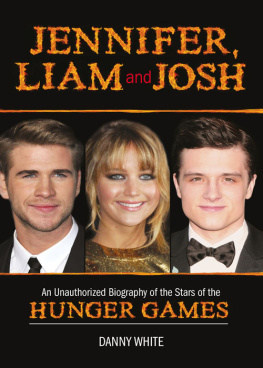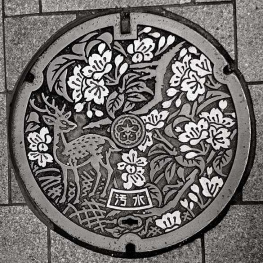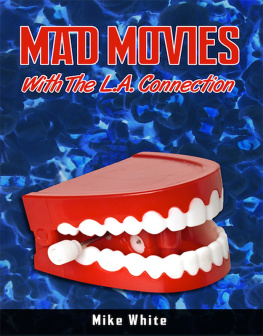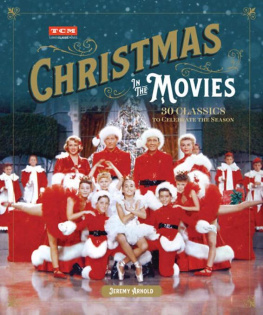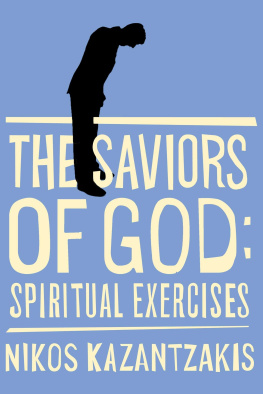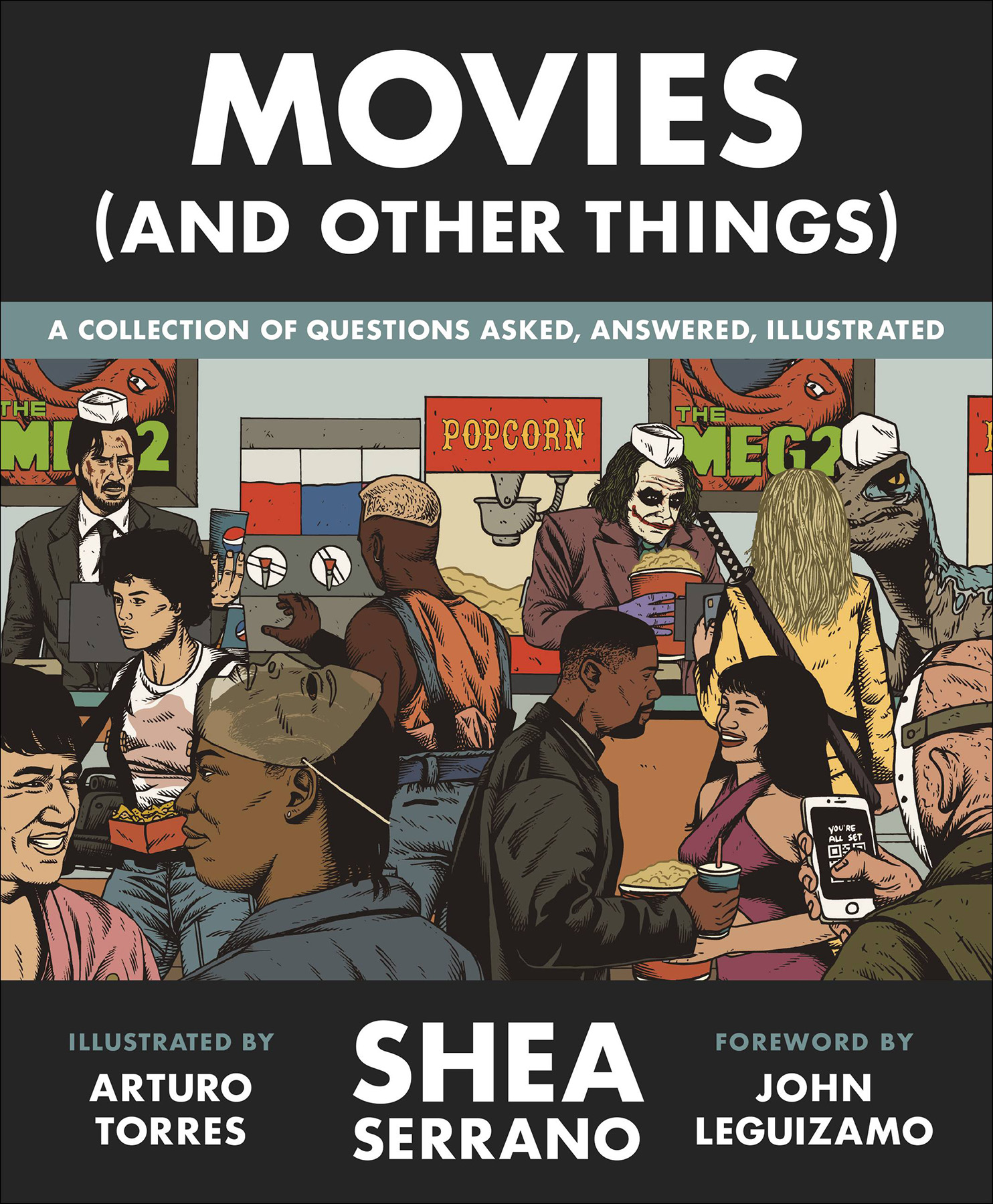Copyright 2019 by Shea Serrano
Cover design by Shea Serrano. Cover illustration by Arturo Torres. Cover copyright 2019 by Hachette Book Group, Inc.
Hachette Book Group supports the right to free expression and the value of copyright. The purpose of copyright is to encourage writers and artists to produce the creative works that enrich our culture.
The scanning, uploading, and distribution of this book without permission is a theft of the authors intellectual property. If you would like permission to use material from the book (other than for review purposes), please contact permissions@hbgusa.com. Thank you for your support of the authors rights.
Twelve
Hachette Book Group
1290 Avenue of the Americas, New York, NY 10104
twelvebooks.com
twitter.com/twelvebooks
First Edition: October 2019
Twelve is an imprint of Grand Central Publishing. The Twelve name and logo are trademarks of Hachette Book Group, Inc.
The publisher is not responsible for websites (or their content) that are not owned by the publisher.
The Hachette Speakers Bureau provides a wide range of authors for speaking events. To find out more, go to www.hachettespeakersbureau.com or call (866) 376-6591.
Print book interior design by Jarrod Taylor.
Library of Congress Cataloging-in-Publication Data has been applied for.
ISBNs: 978-1-5387-3019-5 (hardcover, paper over board), 978-1-5387-3020-1 (ebook), 978-1-5387-1739-4 (special, signed edition),978-1-5387-1740-0 (special, signed edition), 978-1-5387-5100-8 (special edition)
E3-20190927-JV-NF-ORI
For my wife and for my sons, whom I love very much. And for Miklo in Blood In, Blood Out whom I love differently, but nearly as deeply.
I THINK THE DAY I REALLY FELL IN LOVE WITH FILMMAKING was when we shot the nightclub scene for Carlitos Way. Brian De Palma was directing, and I was acting with Sean Penn and Al Pacino. That was 1993.
Flashback to 1981, my sixteenth birthday. My mom had saved up all of her single-mom-working-four-jobs cash to get me a ticket to see American Buffalo, a play written by David Mamet. It was off Broadway at the time, and it was starring Al Pacino. So Im in the theater, and Pacino comes out and hes so electric, man. Hes powerful. And Im watching him, and hes spitting all over everyone. It was like I was being baptized into acting with that spit. It was the most exhilarating performance that Id ever seen, and he was right there in front of me. He was so free.
I had a similar experience when I watched the movie Mean Streets. There were a ton of great things about this film, but Robert De Niros performance just grabbed me. When I watched it I said Oh my God. This guy is I dont even know how to describe him. He was the coolest, most dangerous actor Id ever seen on film. Everything he did felt unexpected. It was like watching a chemistry experiment. You didnt know what the hell he was gonna do, but you knew something was gonna happen. He was unpredictable. So Im watching Mean Streets, and I can feel all of this inside me. Then Im watching American Buffalo, and I feel all of that inside of me again. And then finally, in Carlitos Way eleven or twelve years later, Im in scenes with Al Pacino. Now Ive had different coin-dropping moments in my life; aha! moments. That was definitely one of them.
De Palma let me have thirty-seven takes in that nightclub scene. Thirty-seven! Nobody was doing that at the time. If I do an independent film and I want to do an extra take, I have to prove to them why I want to do an extra take. I have to give a dissertation on why I want to do an extra take. You only get two or three tries to get it right. De Palma gave me thirty-seven. It was fun. That was when I fell in love with cinema.
The filming of each movie is different every time. If Im working with one of the mastersand by that I mean the greats, like Brian De Palma, Baz Luhrmann, Spike Lee, Ava DuVernaytheyre all brilliant, but they all have different processes. There might be a long rehearsal time, or a long conversation where the actors get to talk with the director about the characters and share thoughts and opinions. It might come early, or late, or happen in a way you arent expecting. They all digest the information and transform it into art in their own unique way.
And then youve got the actual script. Sometimes you play with the dialogue, change things to feel more natural. If its really well written, like exceptionally well written, then you just say the lines as they are. But even with something like Romeo + Juliet, a movie where I recognized that it was really well done, I still tried to improvise. I tried to add in lines, but Baz Luhrmann knew better.
But each movie is different, and making each movie is different. Thats really the only way theyre the same.
So I did Freak on Broadway, and it earned some accolades. And I thought, I got some accolades. Let me take these accolades and go ask who would be the perfect director to direct a filmed version of Freak. And it was Spike Lee. So I said, Spike, I would like you to direct this. I know its a big ask. I dont know if And he was like, Yo, Im down. And he came on and he started planning how he was gonna shoot it and where he was gonna shoot it. And when he shot it, he just allowed for everything to happen.
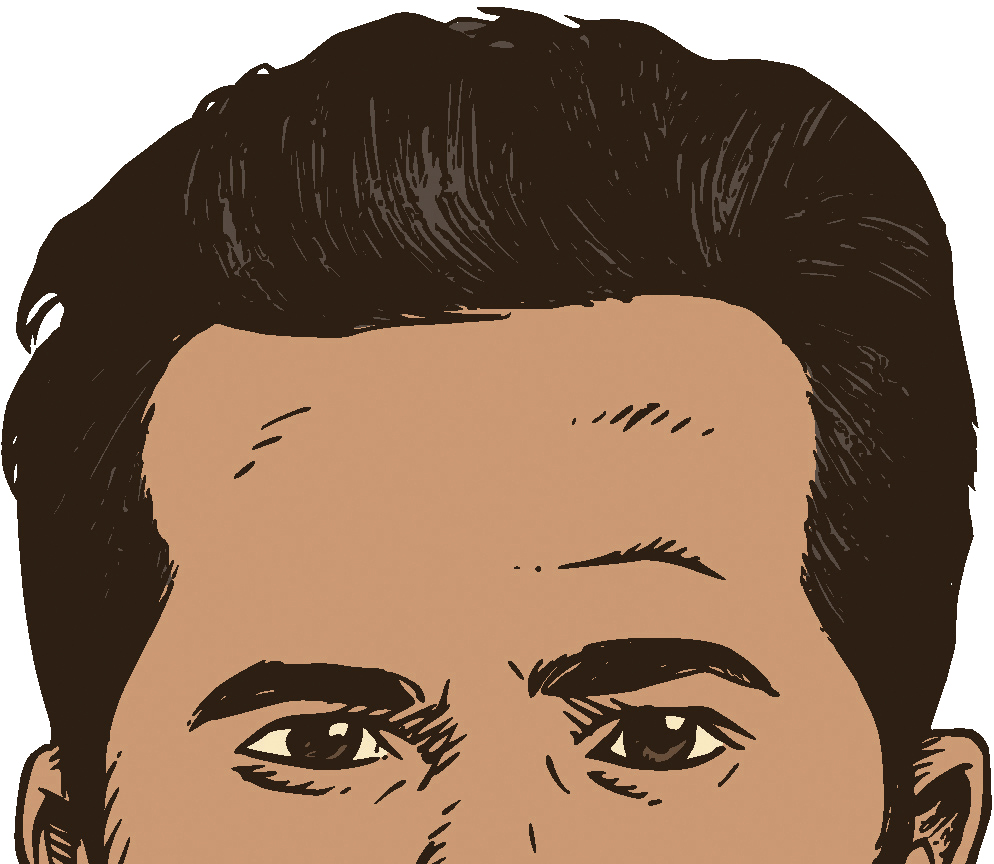
Like, when I crashed into the camera guy during the show, he kept that in there. He just really caught the magic of what was happening in that theater. He really caught what was happening between me and the audience. And audiences, kind of like for the first time, some of them were seeing themselves represented onstage. Latin people were coming in there, and people of color were coming in there like, Thats my life. Thats me. Thats who I am. And when you see somebody talking about that stuff, celebrating it as special, its powerful. Spike captured all of that when he filmed that show.

There are some scenes that people always ask me about. The gas station scene in Romeo + Juliet is one of them. There were a lot of stunts and tricks with the guns, and I wanted to do them all myself. So were filming the shootout, and in one part I jump and land behind a car. I roll a couple of times, get up, spin one of my guns around my finger, and then put it back in the holster. Thats what you see in the movie. But in real life, I jumped and landed on a mattress. If you watch the scene, you can see that Im looking to try and make sure that I land on the mattress.
But that scene was a lot of work. I had teachers who taught me how to do the gunplay. I spent three months in my hotel room doing it. At first, I was dropping the guns on my feet. I had all these cuts and black and blue marks. I started wearing Timberlands while I was practicing so I wouldnt get hurt. The neighbors in the hotel started complaining because you could hear the guns banging around each time Id drop one of them, so I started practicing while I was standing on top of the bed so I wouldnt make any noise. When we finally filmed the scene the crew applauded when we did it. Baz added some cuts in afterward because thats his style and hes a genius. But I did the tricks all myself.



